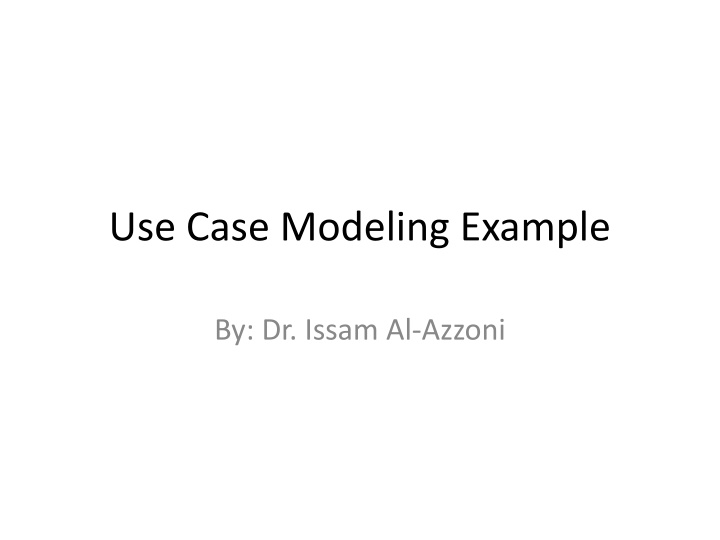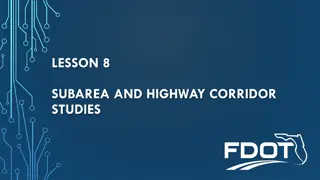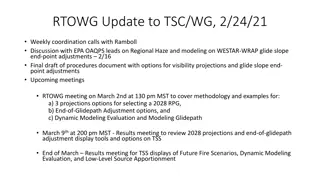
Car Rental System Use Case Modeling Example by Dr. Issam Al-Azzoni
Learn about a comprehensive example of use case modeling in an online car rental system by Dr. Issam Al-Azzoni, including browsing available cars, creating reservations, and validating credit card information. Explore primary and secondary actors, basic flows, and post-conditions for successful reservation creation.
Download Presentation

Please find below an Image/Link to download the presentation.
The content on the website is provided AS IS for your information and personal use only. It may not be sold, licensed, or shared on other websites without obtaining consent from the author. If you encounter any issues during the download, it is possible that the publisher has removed the file from their server.
You are allowed to download the files provided on this website for personal or commercial use, subject to the condition that they are used lawfully. All files are the property of their respective owners.
The content on the website is provided AS IS for your information and personal use only. It may not be sold, licensed, or shared on other websites without obtaining consent from the author.
E N D
Presentation Transcript
Use Case Modeling Example By: Dr. Issam Al-Azzoni
Online Car Rental System A customer can browse available cars. A customer can create a new car reservation. The system validates credit card information by communicating with an online credit card validator system. A clerk can view and print car reservations.
Use Case Diagram 1 (No use of includes/extends)
Use Case Description 1 Create a New Reservation Primary Actor: Customer Secondary Actor: Online Visa Card Validator System Pre-conditions: Customer is on the main page. Basic Flow: 1. Customer selects the Create a New Reservation option. 2. System requests reservation information [pickup location, pickup date, return date, pickup time, return time, and vehicle]. 3. Customer submits reservation information. 4. System requests customer information [first name, last name, email address, driver s license number, credit card number and date] 5. Customer submits his/her information. 6. System sends credit card information [first name, last name, credit card number and date] to Online Visa Card Validator System. 7. Online Visa Card Validator System validates credit card information. 8. Online Visa Card Validator System sends a message acknowledging credit card validation to System. 9. System displays a message confirming the new reservation and showing the reservation details. 10. System sends an email message to Customer s email address confirming the new reservation and showing the reservation details. Post-conditions: If the basic flow was successful, a new reservation is created. Otherwise, the system state is unchanged.
Use Case Diagram 2 (Use of includes/extends)
Use Case Description 2 Create a New Reservation Primary Actor: Customer Secondary Actor: Online Visa Card Validator System Pre-conditions: Customer is on the main page. Basic Flow: 1. Customer selects the Create a New Reservation option. 2. System requests reservation information [pickup location, pickup date, return date, pickup time, return time, and vehicle]. 3. Customer submits reservation information. 4. System requests customer information [first name, last name, email address, driver s license number, credit card number and date] 5. Customer submits his/her information. 6. Execute the Validate Credit Card Information use case. 7. System displays a message confirming the new reservation and showing the reservation details. 8. System sends an email message to Customer s email address confirming the new reservation and showing the reservation details. Post-conditions: If the basic flow was successful, a new reservation is created. Otherwise, the system state is unchanged.
Alternative Flows UCD 1 In Step 7, credit card information is not valid: Online Visa Card Validator System sends an error message to System. System displays the error message to Customer. Repeat from Step 4. In Step 3, necessary reservation information is missing: System displays an error message requesting the missing information. Repeat from Step 2. In Steps 3 and 5, a timeout occurs: System displays a timeout error message. Customer is returned to the main page.






















